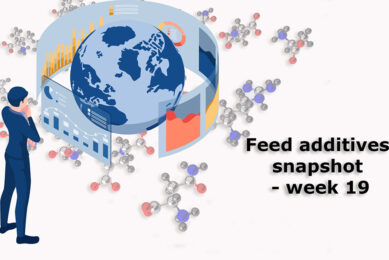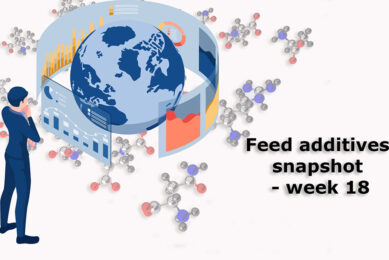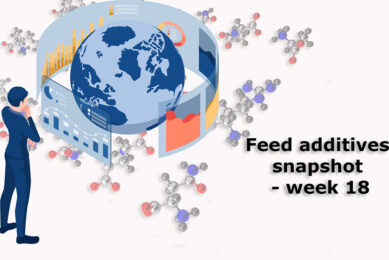Livestock to lead US agriculture recovery
The livestock sector can lead the US agricultural economy to higher net farm income, assuming the farm economy benefits from a recovery in the general US economy, according to the latest baseline projections from the University of Missouri’s Food & Agricultural Policy Research Institute (FAPRI).
"If jobs – and consumers – return, the agricultural sector will benefit," FAPRI co-director Pat Westhoff said. "Higher incomes increase the demand for food, feed, fibre and fuel, supporting farm commodity prices."
Net farm income is projected to increase for the next two years largely because of stronger livestock prices.
"The recovery would mark a major change in direction for the farm economy after a dismal 2009, but 2010 farm income recovers only a third of the ground lost in 2009," Westhoff said.
$30 billion drop
Net farm income fell by more than $30 billion in 2009 as modest drops in production costs were not enough to offset sharp declines in cash receipts.
Adjusting for inflation, real net farm income is projected to be relatively flat after 2012 and remains far below the 2008 level, the baseline notes.
"The outlook depends on more than uncertainty of the current demand picture," said Scott Brown, FAPRI livestock economist; many unknowns, especially energy, affect costs for grain and livestock producers.
Crops stay level
Crop prices for 2010-11 in the FAPRI baseline will remain near the 2009 level.
"Each crop has its own story, but in general, we expect crop prices to remain well above the pre-2007 levels," Westhoff said.
The value of crop and livestock sales fell in 2009 primarily because of the economic downturn. Higher prices for cattle, pigs and milk will contribute to higher projected livestock receipts in 2010 and 2011.
Rising prices for meat, milk and other commodities will contribute to higher food price inflation this year. Still, "food inflation remains well below the 2007 and 2008 levels," Brown said.
Rebound ahead
Corn producers should see strong returns per acre through the end of the 10-year baseline. "If the economy recovers, it will boost domestic and foreign demand for corn in feed rations, and ethanol uses an increasing share of the US corn crop," Westhoff said.
Soybean returns must remain well above pre-2007 levels for soybeans to stay competitive with corn, Westhoff noted.
Globally, a second straight bumper crop of wheat increased stocks and pressured wheat prices, FAPRI indicated.
Meat consumption down
Meat consumption has fallen sharply in the past two years. Strong international demand in 2008 limited the meat available for the domestic market, and a weak economy in 2009 reduced consumer spending for meat, the report notes.
When the economy improves and demand for meat increases, it will take time for producers to satisfy the additional demand, so prices will rise, FAPRI added.
Pork breakeven
Pork producers are expected to approach breakeven levels in 2010 after "a disastrous year" in 2009, Brown said, noting that the "speed of the pork recovery hinges on the speed of economic recovery both at home and abroad".
As the economy recovers, beef demand should strengthen. This, combined with tight beef supplies for the next few years, can return the beef industry to profitability.
Global beef demand will increase as economies recover, allowing US. beef exports to approach pre-2003 levels by 2012.
Government payments
Government payments will remain a modest share of gross farm income, FAPRI noted. Projected direct payments should far exceed marketing loan benefits, countercyclical payments and Average Crop Revenue Election program payments.
The crop insurance program has grown in importance relative to other farm programs and may exceed direct payments.
The full baseline is online at www.fapri.missouri.edu










